 Chestnut-vented Conebill (Conirostrum speciosum)
Chestnut-vented Conebill (Conirostrum speciosum)
 Chestnut-vented Conebill (Conirostrum speciosum)
Chestnut-vented Conebill (Conirostrum speciosum) |
 |
| Pictures (click on them to enlarge) | ||
|---|---|---|
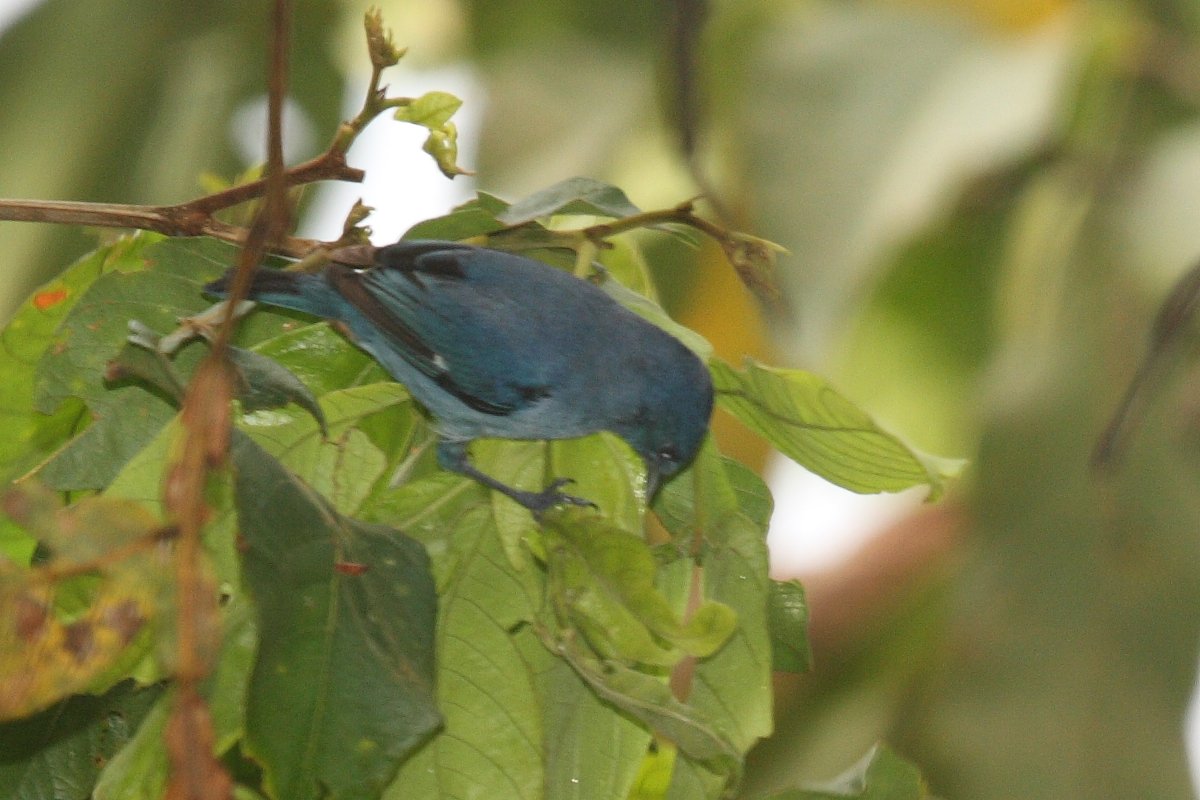 © Ward Vercruysse | 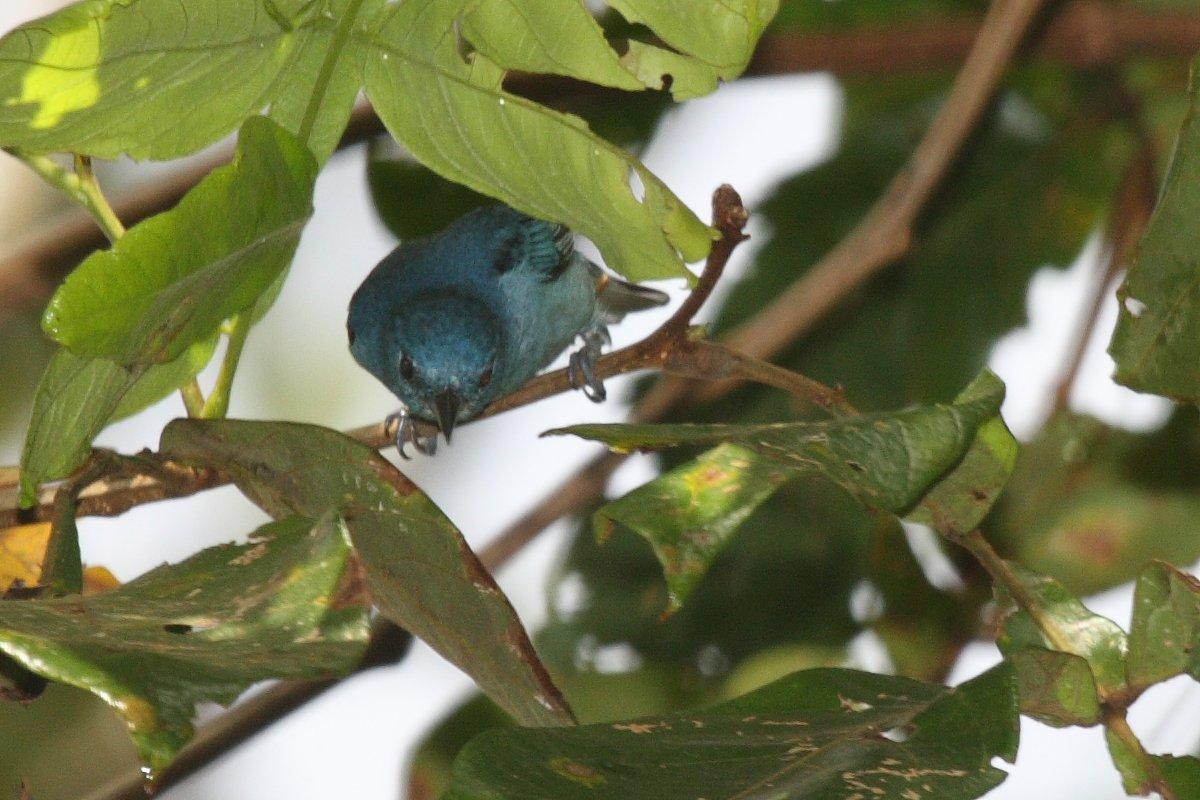 © Ward Vercruysse | 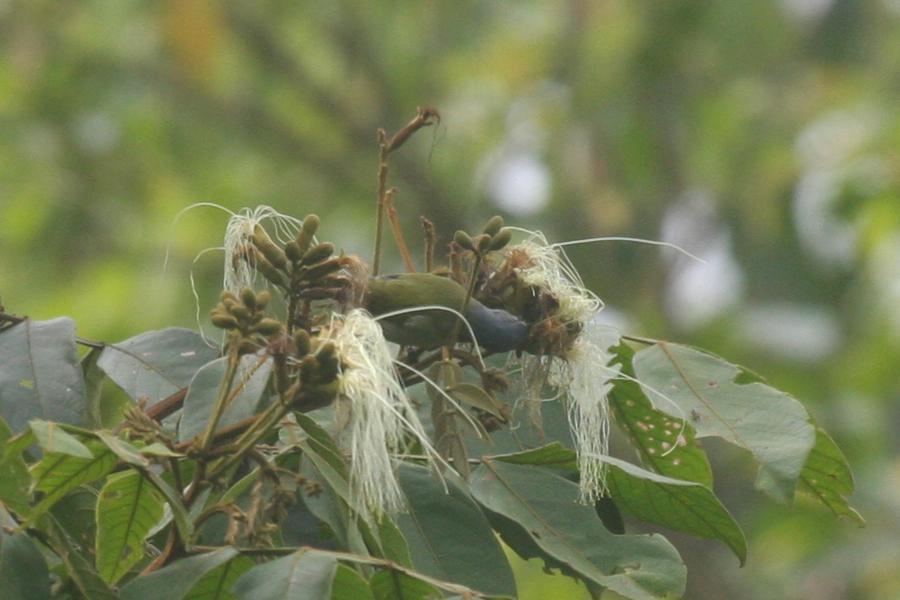 female © Carl Beel |
male © Carl Beel | 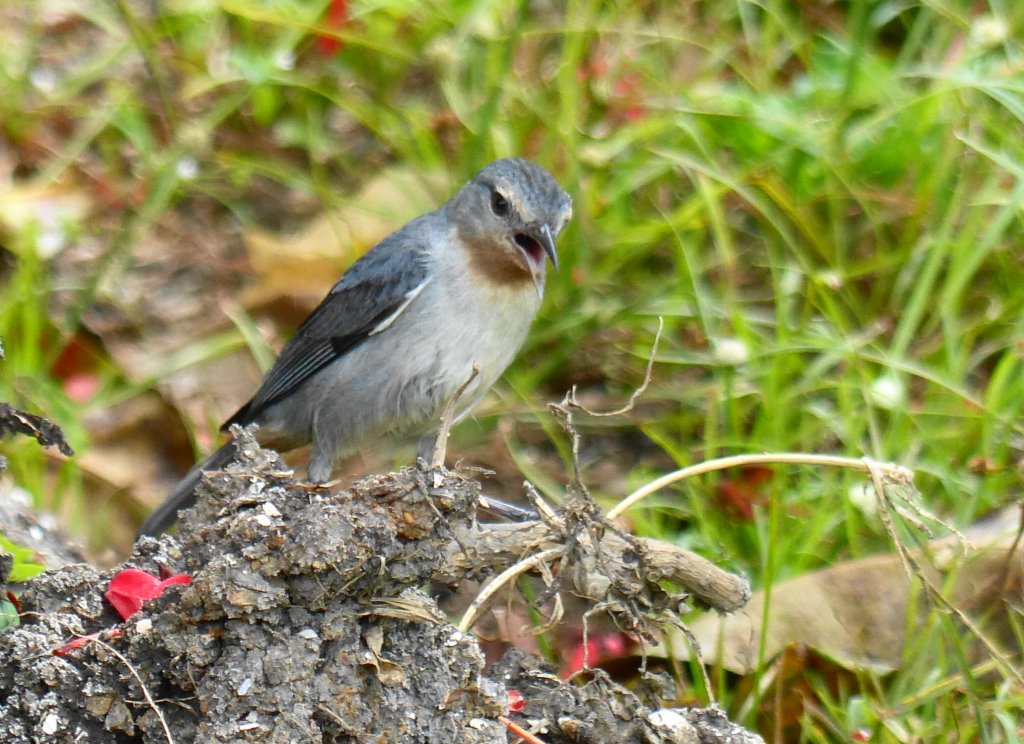 © Ton Plug | 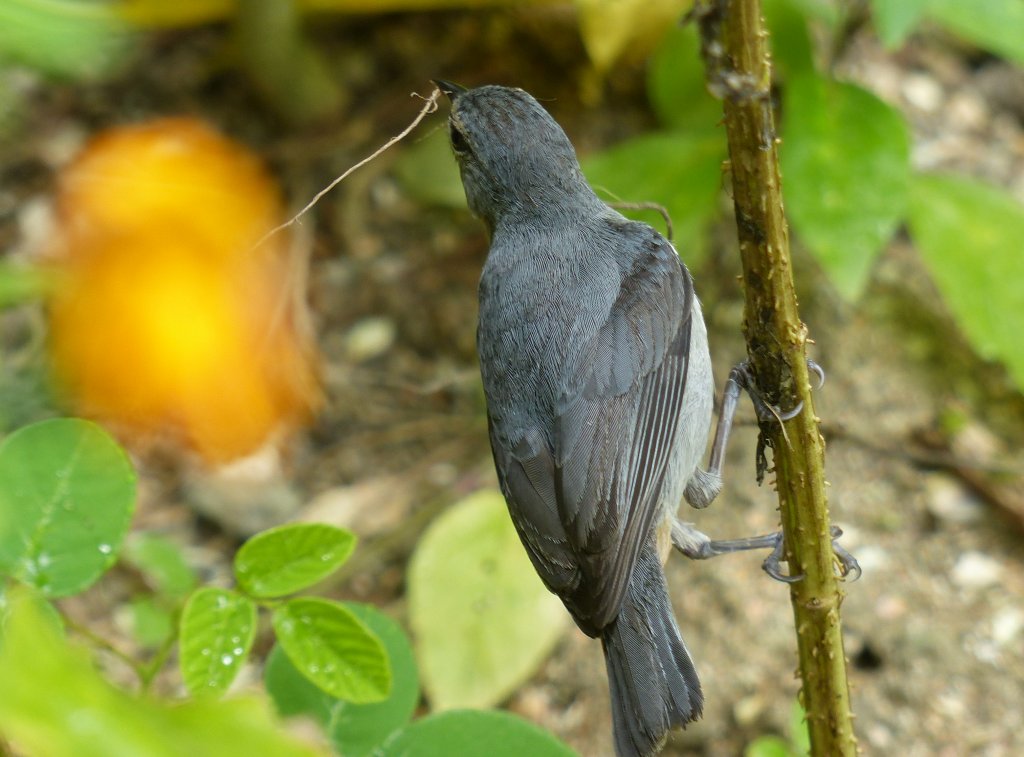 © Ton Plug |
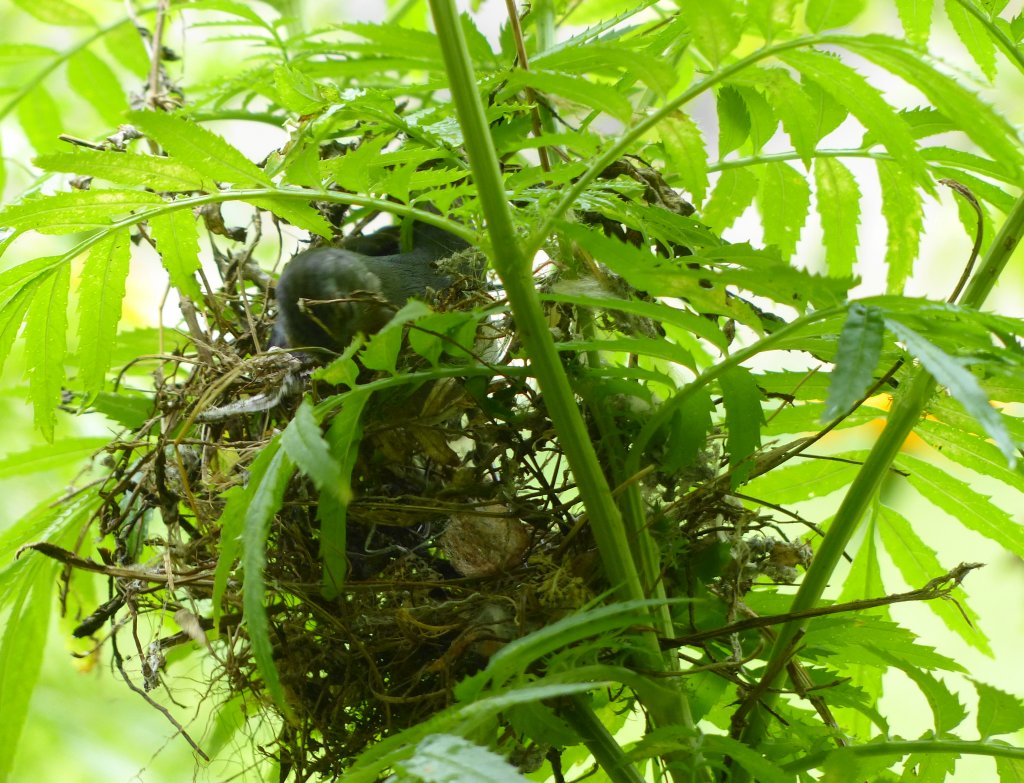 nest March © Ton Plug | 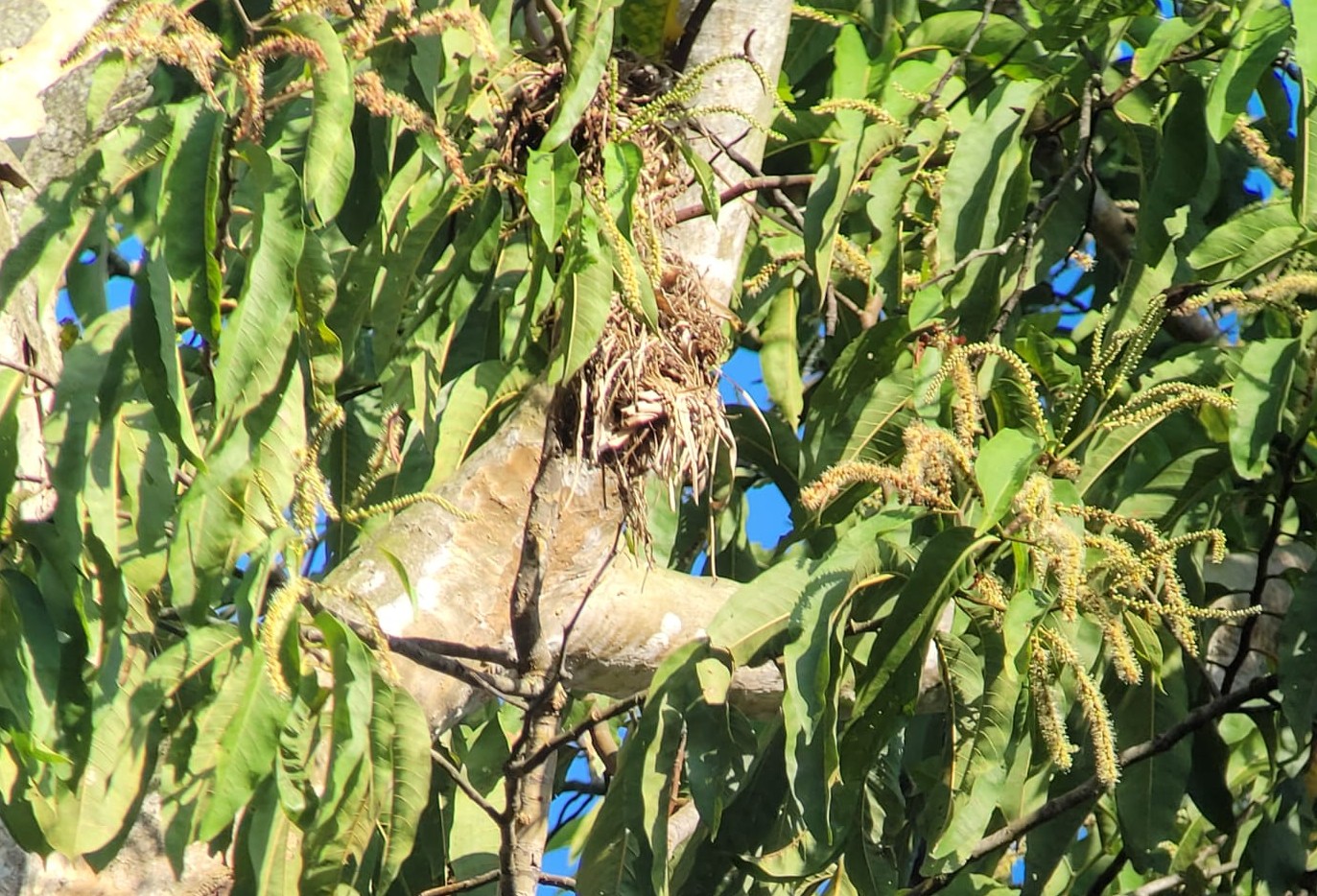 nest september © Michiel van den Bergh |
| Chestnut-vented Conebill: The first two pictures of a adult male were made by Ward Vercruysse in the West of Paramaribo. The chestnut under its tail is barely visible. It is a uncommon bird of swampy places with trees in the coastal area of Suriname and is seldomly seen elsewhere than on the Brownsberg. The female has a a yellow-green plumage and the top of her head is a light grey-blue. A female and a male were photographed by Carl Beel near Paramaribo. They eat insects and spiders. Ton Plug photographed the first nest found in Suriname end March 2015 near Fredriksdorp, Commewijne. Dominiek Plouvier made aa video of a Chestnut-vented Conebill in Commewijne, the first one he saw in years. |
| Video (click the link or the 'play'-button to see) | ||
|---|---|---|
| Video recording of a Chestnut-vented Conebill © ; |
|
|
||||||||||||||||||||||||||||||||||||||||||||
| Observations through the year | Observations of breeding through the year |
|---|---|
| The 32 reported observations of this bird in Suriname, mainly for the last 50 years up to 2018, have been grouped by month. More birds on one day are counted as one observation. Of course, if the graph should depict the total number of birds seen, the differences between the months could be much more pronounced. | The 1 reported breeding observations of this bird in Suriname. Most observations are about nest with eggs, some about fledglings, or feeding at a nest or the building of a nest. Of the about 5000 nests and eggs found for all species together, about 1/3 comes from the egg collection of Penard between 1896 and 1905. For some reason most collecting then was done in the first half of each year, so the shown distribution does not necessarily reflect the actual breeding preferences. The main dry season in Suriname is reckoned to be from half August to the end of November, the main wet season from half April to half August, but the the timing of begin and end does vary from year to year. Around March a second dry season often occurs. |